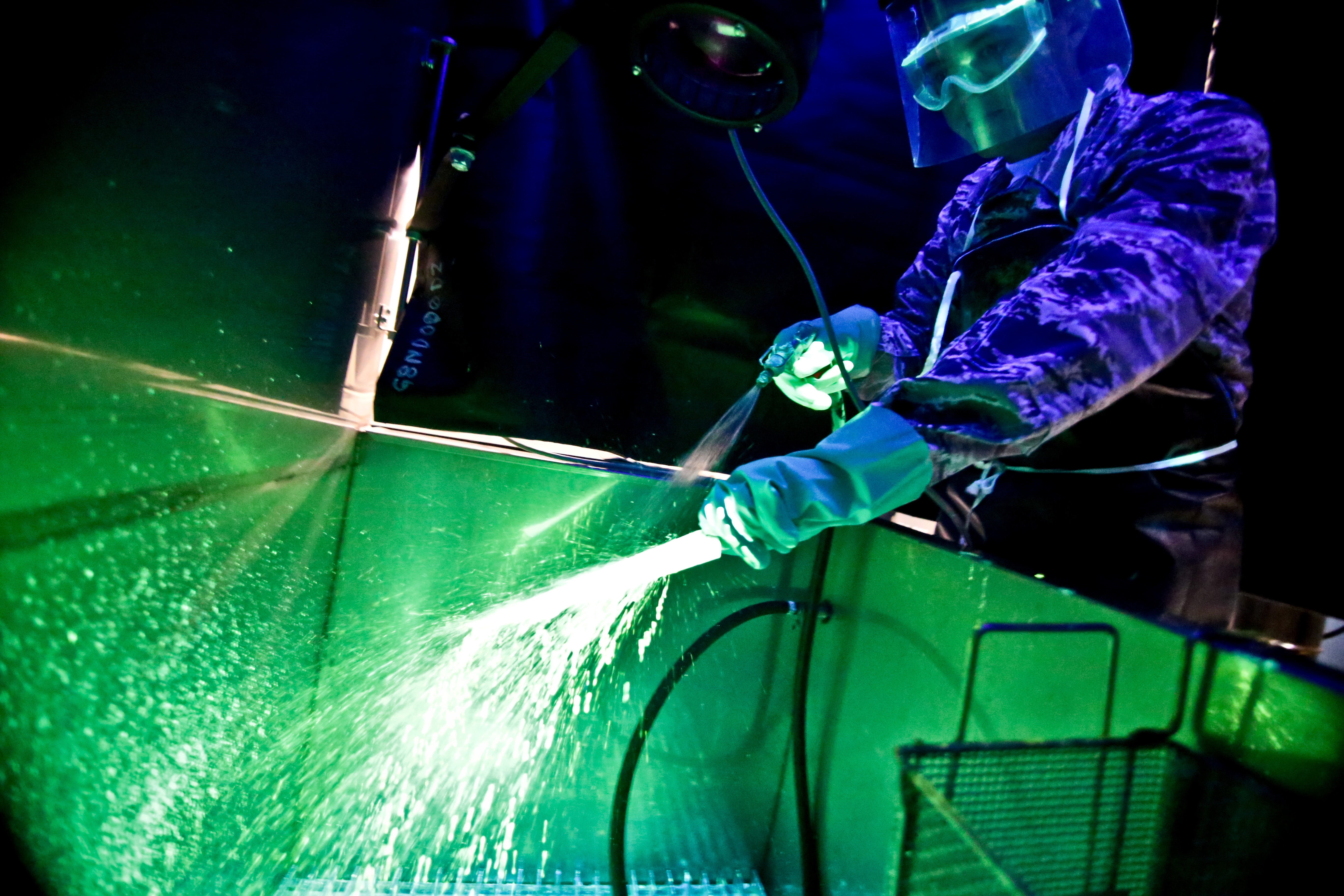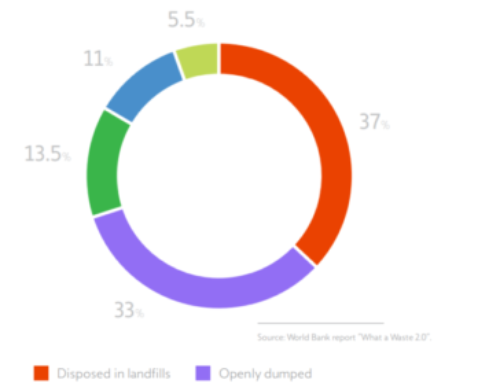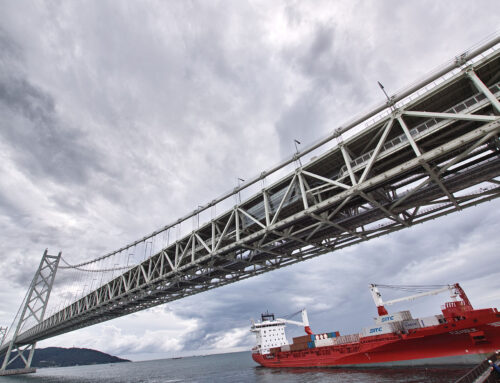As new technologies and materials change engineering and construction practices and increase the demand for effective and convenient inspection techniques, the nondestructive testing industry continues to grow. Government regulations that maintain high standards for public safety in regard to transportation, infrastructure, and defense drive spending on inspections. Nondestructive testing methods effectively measure the integrity of many structures of various scales and complexities, including those engineered using hybrid materials or new techniques and technologies.
Key market segments that make up growth in the nondestructive testing industry include aerospace and defense, infrastructure, automotive, and oil and gas industries. Recent forecasts predict that ultrasonic testing, a nondestructive testing method that relies on sound waves as a means of detecting defects and damage in materials, will represent the largest source of growth in the market. Expansion in the aerospace and defense industry in light of lower fuel prices has contributed to the popularity of ultrasonic testing.
Ultrasonic testing is used to inspect welds and detects subsurface defects, like cracks, laminations, and voids. Turbines are inspected for erosion using ultrasonic testing. This method effectively identifies structural issues in materials made with or reinforced with carbon fiber, a material that is increasingly prevalent in the aerospace and defense industry. North America currently represents eighty percent of the aerospace and defense market share.
Inspection services represent the largest service provided by the nondestructive testing industry in terms of spending, followed by training services as inspection requirements and technologies evolve over time. While projected market growth among different regions is predicted to steadily increase over the next fifteen years, the Asia Pacific region is predicted to make up the largest growth segment. Across regions, the global market worth of the nondestructive testing in industry is projected to rise from over eight billion USD to over twelve billion USD by 2024, signaling steady growth and advancement.







Leave A Comment